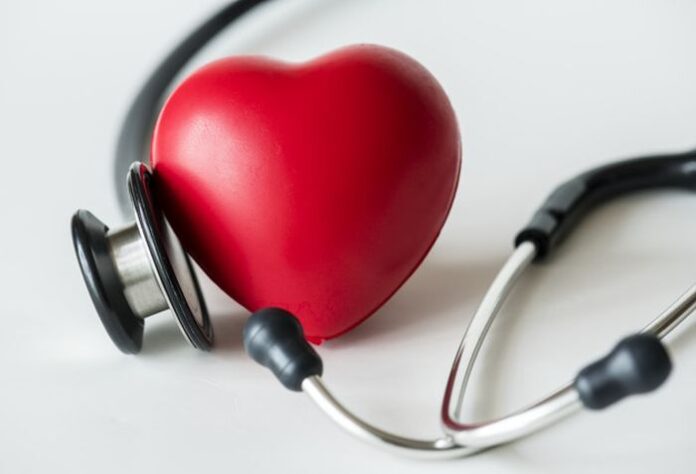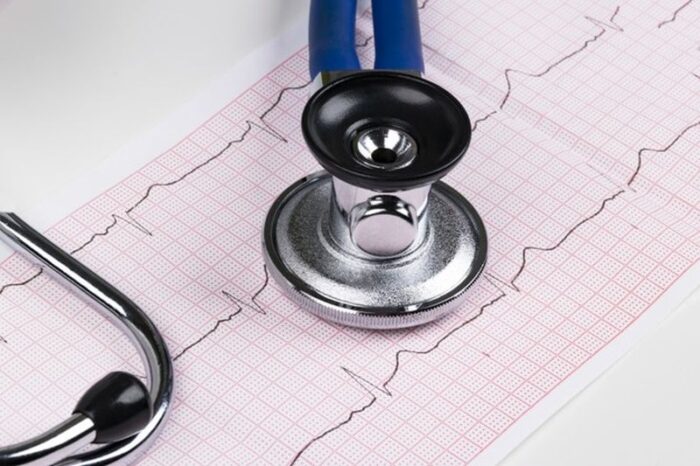
A normal heart rate and a good pulse rate are essential knowledge that can provide the necessary information to identify heart disease symptoms. So let’s find them out.
Cardiovascular diseases make up a considerable part of the overall morbidity and mortality of the human population. As such, the regular check-up of the cardiovascular metrics is nothing short of a necessity to catch early signs of heart disease.
Therefore, it is crucial to learn comprehensively about a healthy heart rate and pulse rate, its nature, and what they can show signs of heart problems. For this purpose, I’ve prepared some informative answers to common questions?
What is a pulse, and how does it relate to the heart rate?
A pulse is the phenomenon of the regular vibrations of the walls of the blood vessels associated with cardiac cycles. Though there are venous pulse and capillary pulse concepts, the arterial pulse is the one most often referred to and the only one that can be casually measured in a non-medical environment.
So, after every contraction of the right ventricle of your heart, blood leaves it with very high speed, generating the shockwave upon hitting the elastic walls of the aortic arch. This shockwave travels throughout the blood vessel system up to the arterio-venous anastomoses. Still, it is most convenient and rational to palpate the pulse in the wrist (radial artery) or the neck (carotid artery).
Consequently, your average pulse rate is a direct derivative of the heart’s bpm. Indeed, heart rate values are equivalent to the pulse values in the healthy (or at least uninjured) body. The discrepancy may occur when, for example, a previous artery is injured (like the brachial artery before the radial artery). Additionally, the pulse can be hard to find due to various reasons.

What is the best way to measure heart rate and pulse?
Pulse and heart rate can easily be measured using your tactile senses. However, what you really need is a constant 24/7 measuring and corresponding comprehensive analysis of gathered data, which will help you make patterns of your pulse values and define the normals.
You will need both the heart rate and pulse monitor for this feat – here – and a free heart rate app. The health-tracking app we just recommended here is Welltory, well-renowned for its overall quality and sophisticated algorithms, which nonetheless culminates into the ultimate user-friendliness. Of course, the heart rate and pulse monitor can be nothing else but your usual smartwatch or phone, which will be collecting cardiovascular data via the novel method of photoplethysmography.
What is a normal pulse?
The regular pulse rate is considered to be in the range of 60 to 100 beats of pulse per min. It correlates perfectly and shares the same numbers with the regular heart rate. However, “regular” is honestly not the best word since both pulse and heart rate are not that stable, and the tempo changes almost every bit.
Bear in mind, though, what is called “normal” resting heart rate for women and men is only so for the 95% percent of the population, so outliers have either 50 or 120 bpm as “normal” existence, living a healthy life just like any other. Additionally, trained sportsmen often have a resting heart rate below 60 as part of the “Athletic heart syndrome” condition.” So, conclusively, don’t immediately panic if you do not fit the 60-100 range, especially if you do not have any health-related problems. Instead, a physician should decide “what should your resting heart rate be.”

How is heart rate regulated?
The heart rate is controlled by the complex of the nervous system (it releases neurotransmitters) and humoral regulation (an umbrella term for all the hormones released into the bloodstream). The nervous system influences almost immediately, while hormones take time to synthesize and start affecting.
The nervous system’s influence is split between the sympathetic nervous system (SNS) and parasympathetic nervous system (PSNS). The first makes the heart go faster when the body supposedly requires it, and vice versa.
What is essential to grasp is that regulatory systems by themselves will never let heart rate (and, consequently, pulse) reach dangerous values. However, for the situation to become critical, other adverse factors should step in.
What is tachycardia and its causes?
Tachycardia is an umbrella term defining every heart rate that exceeds the normal resting rate.
You can experience tachycardia when being a totally healthy person, for example, during exercise. Tachycardia can also be considered a normal state during an infection or fever. When body temperature increases, more oxygen is consumed, and the need for oxygen directly leads us to an increased heart rate to supply it. Thus, tachycardia is a helpful tool in maintaining homeostasis.
However, what causes tachycardia can also be a cause of other cardiovascular illnesses. The pathology can also cause tachycardia in the regulating systems, like pheochromocytoma (increased hormonal release) and anxiety disorder (increased nervous stimulation). Persistent idiopathic tachycardia can be a sign of tissue oxygen starvation. Complex tachycardia leads to fainting and rapid blood flow, which damages vessels’ endothelium and causes thrombosis.

What is bradycardia and its causes?
On the other hand, bradycardia is an umbrella term defined in an individual having a resting heart rate of less than 60 beats per minute. It is not always pathological – for starters, athletic heart syndrome was already mentioned, and during sleep, a heart rate of 40-50 is considered normal. Additionally, certain medications like beta-blockers may slow the heart rate.
Pathological bradycardia is caused by either cardiac factors (like lowered heart automaticity or insufficient blood supply) or non-cardiac factors (including but not limited to metabolic issues, electrolyte imbalance, or the influence of autonomic reflexes).
Thankfully, bradycardia does not typically incur symptoms until the heart rate falls below 50 beats per minute. Should this barrier be breached, you will feel common hypoxic symptoms like weakness, fatigue, and dizziness, ultimately resulting in fainting.
















